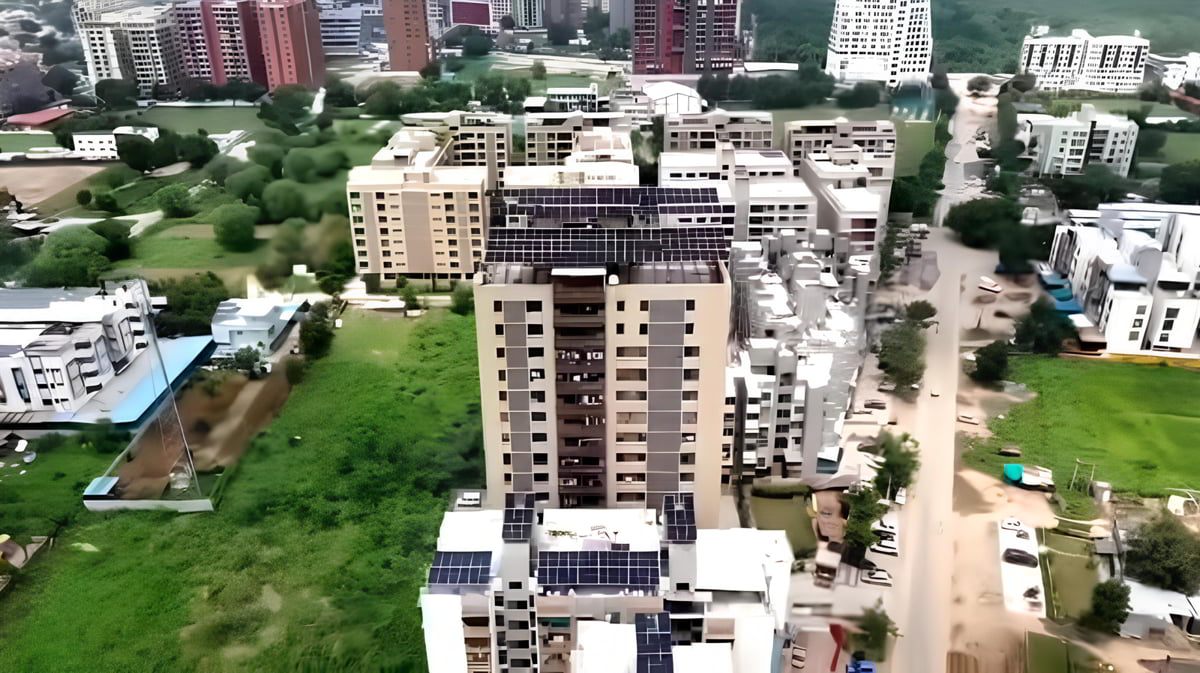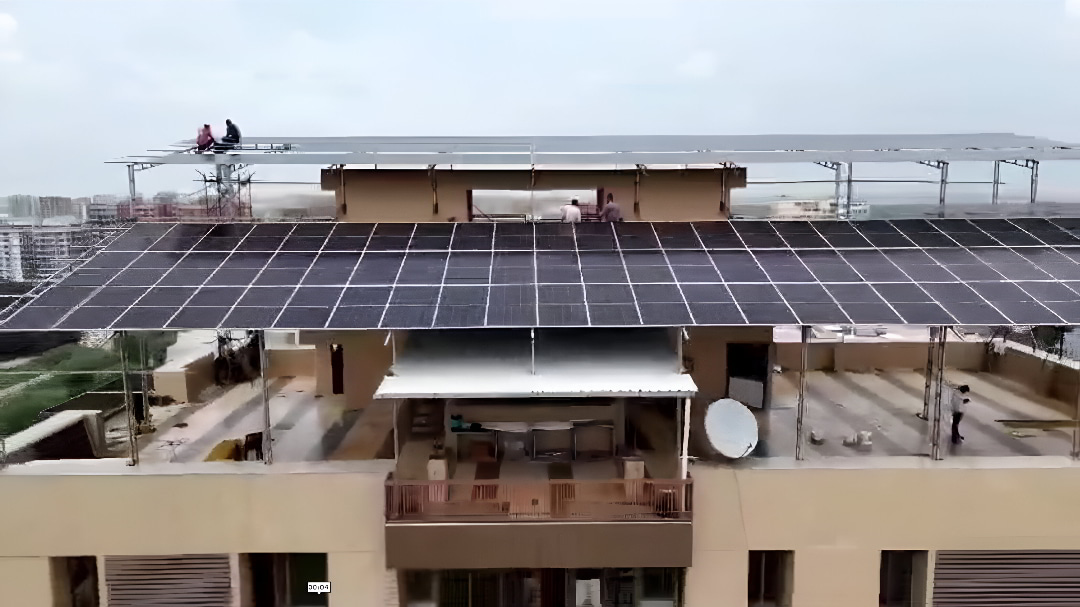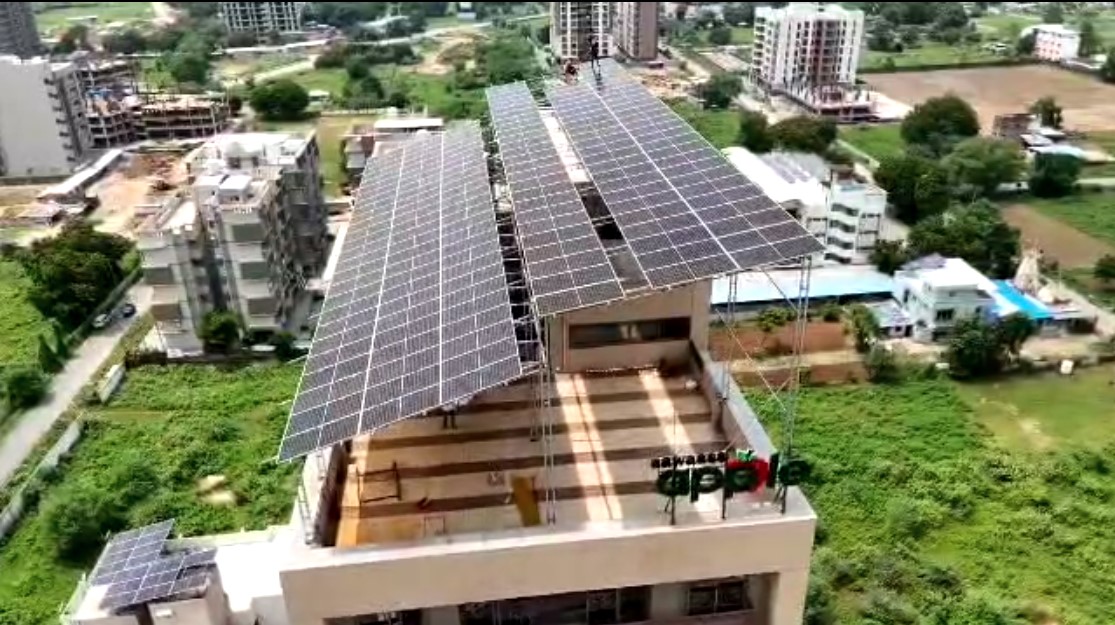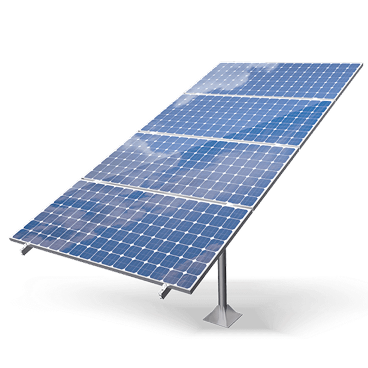Residential Rooftop
- Jaimax Sunbim Private Limited
- Residential Rooftop
Residential Rooftop
Power Your Home with Residential Rooftop Solar and Save Big!
Switching to residential rooftop solar is one of the smartest decisions you can make for your home. By installing solar panels on your rooftop, you can reduce your electricity bills by up to 80%. Solar energy allows you to generate your own power using sunlight, which means you’ll rely less on the grid and save more every month.
The government also offers attractive subsidies and financial support to make solar installation more affordable for homeowners. Plus, solar systems are low maintenance, with most requiring just occasional cleaning and basic check-ups to keep them running efficiently for 25 years or more.
Going solar isn’t just good for your wallet—it’s also great for the environment. Solar energy is 100% clean and renewable, helping reduce carbon emissions and pollution. By choosing rooftop solar, you’re contributing to a greener, healthier planet.
In short, residential rooftop solar is a cost-effective, eco-friendly, and future-ready solution for your home. Start your solar journey today and enjoy long-term savings, energy independence, and peace of mind.
Save Money, Go Solar Power Your Home with Clean Energy!

Benefits
- Save Up to 90% on Electricity Bills
- Clean and Green Energy
- Power During Electricity Cuts
- Increase Your Home’s Value
- Get Help from the Government
- Works Well in Most Weather
- Low Maintenance, Long Life
- Be Less Dependent on the Grid
- Quick Payback
- Help the Environment
- Save Money for Years
- Low Risk, High Return
Advantage of Our Company
Government Subsidies Assistance
Expert Installation Services
Financing Options
Real-Time Monitoring Systems
Residential Project Work
200 Kw
Natural Green
Wood Industries
City : Surat
100 Kw
Safal Industries
City : Gandhinagar
50 Kw
Best Packaging
City : Chhatral
200 Kw
Natural Green
Wood Industries
City : Surat
Frequently Asked Questions
Is my roof suitable for solar panels?
Solar panels work best on roofs that get plenty of sun and are in good condition—south-facing with a slope of around 15°–40°. If there’s a lot of shade, an older roof, or low structural strength, a solar expert can evaluate and guide you
Do panels damage my roof or void the warranty?
No—when installed correctly, solar panels don’t harm your roof or void its warranty. Installers use flashing and special mounts to keep water out, and panels can be removed and reinstalled if the roof needs repairs .
How do rooftop solar systems work and produce electricity?
Solar panels convert sunlight into DC electricity. An inverter then changes it into usable AC electricity for your home. Any surplus power can either be sent to the grid (via net-metering) or stored in a battery
How much area and cost are involved?
Rooftop solar systems typically need around 50–80 sq ft per kilowatt (kW). For example, a 5 kW setup needs ~500 sq ft. Costs vary, but in India, grid-connected systems may cost around ₹65,000–₹70,000 per kW before subsidies
Are government incentives and net-metering available?
Yes! In India, central and state governments offer subsidies (e.g., the PM Surya Ghar Scheme), along with incentives like net-metering—meaning you can sell extra electricity back to the grid
How do I get government subsidies and net-metering?
In India, you can get 30–40% subsidy for 1–3 kW systems (20% up to 10 kW). You must apply through your DISCOM using approved vendors. Excess power is credited via net-metering, rolling over monthly or refunded twice yearly
Does it work in rainy or cloudy weather?
Yes! Solar panels still generate electricity on cloudy or rainy days, just at a lower output. That’s why net metering helps balance seasonal variations







